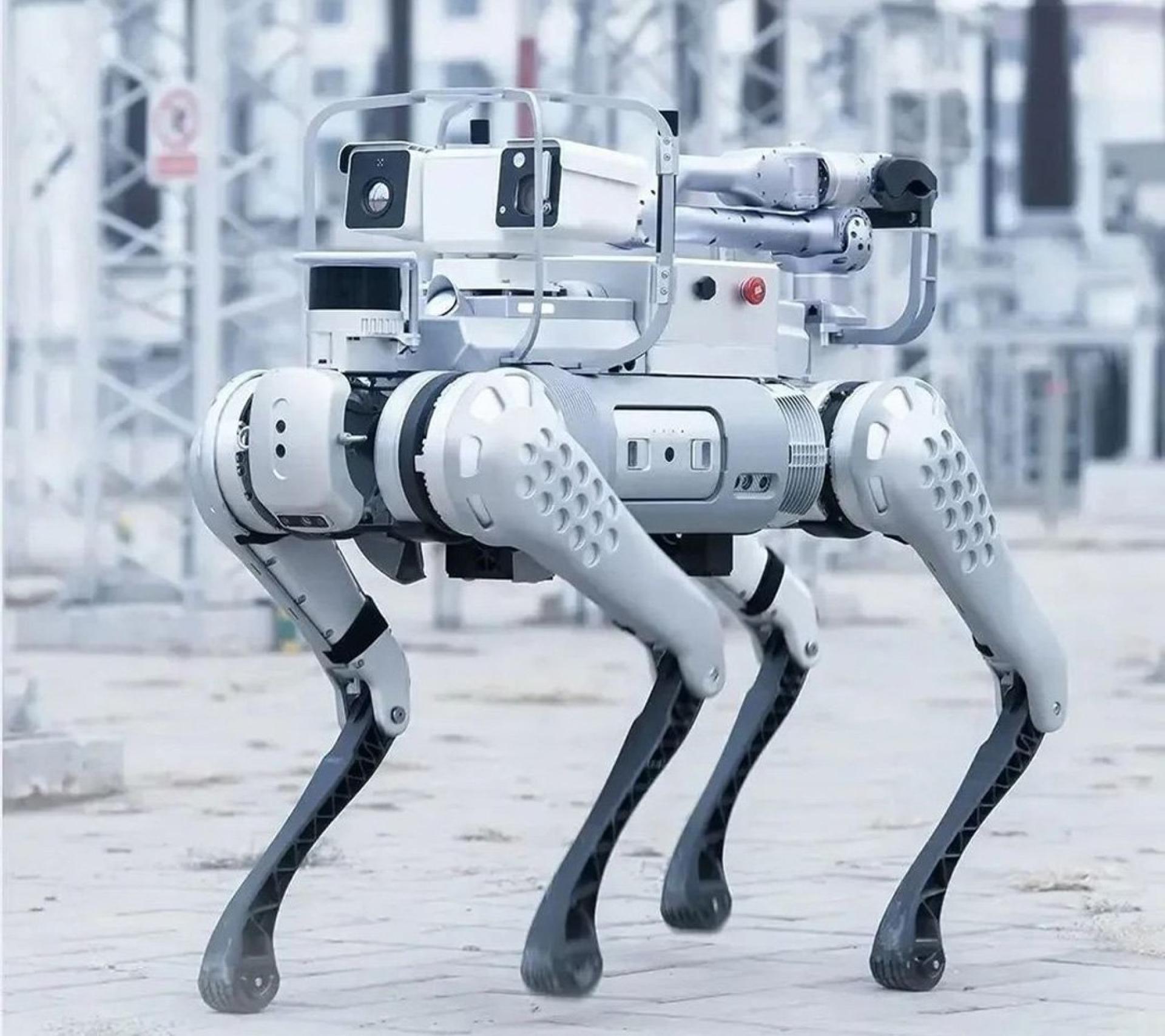In February this year, China North Industries Group Corporation unveiled the P60, a military vehicle capable of autonomously performing combat support missions, with a top speed of 50 km/h and equipped with the artificial intelligence (AI) system "DeepSeek." It is seen as a symbol of China's military technological prowess. Chinese officials claim this is an early achievement in Beijing's use of AI technology to catch up with Western powers in the arms race, at a time when both Chinese and American leaders have called on their militaries to actively prepare for potential conflict.
Foreign media, after reviewing hundreds of research papers, patents, and procurement records, report that Beijing is systematically employing AI to strengthen its military capabilities, moving toward goals such as automated target recognition and real-time battlefield decision-making. Technical details remain state secrets, and some patents may not yet have been converted into practical technology, but available information indicates that China is keeping pace with the West in applying military AI.
Documents indicate that the PLA continues to use Nvidia chips, including the A100 and H100, which are subject to export controls. As export dates were not disclosed, it is unclear whether these chips were stockpiled before the ban. As of June this year, military-related institutes were still filing patents using the A100 for model training.
Nvidia spokesman John Rizzo stated that the company cannot track the flow of second-hand products, but that “refurbishing a small number of outdated products will not give rise to new technology nor pose a national security risk. If restricted chips are used for military purposes, they won’t work anyway due to lack of support and maintenance.”
The US Treasury and Commerce departments did not respond to the matter.
DeepSeek Dependence Increases
Foreign media saw a dozen or so PLA bidding documents that specifically call for the use of the DeepSeek model, with only one mentioning Alibaba’s Qwen as a competitor.
The application of DeepSeek has expanded to battlefield simulation, satellite imagery recognition, and decision support. In May, a research team at Xi’an Technological University claimed its DeepSeek system could simulate 10,000 battlefield scenarios in 48 seconds, whereas a conventional team would need 48 hours.
AI technology has also been penetrating into the realm of autonomous weapons. Beihang University has used DeepSeek to improve drone swarm decision-making to counter small, low-flying, slow-moving aerial targets. The PLA has also previously tendered for AI-powered robotic dogs, intended for reconnaissance and bomb disposal, although foreign media could not confirm whether this was completed.
Chinese defense officials have publicly pledged to maintain the "human-in-the-loop" principle for weapons control, but the AI arms race between China and the US is heating up. The US plans to deploy thousands of autonomous drones by the end of 2025 to balance China’s numerical edge in drones.
